After the thrills and spills and last-gasp excitements of England’s triple-headed series in India, the attention of the cricket fan moves on. But to where? To Derbyshire’s next game, say — a university match at the county ground, over what promises to be a somewhat nippy Easter weekend. Or perhaps to the Indian Premier League, where the Mumbai Indians, featuring Rohit Sharma and the Pandya brothers, from the recent Test series, kick off the latest edition of the tournament against Bangalore, perpetually under-achieving despite the presence of A.B. de Villiers, Virat Kohli, Washington Sundar and Adam Zampa. Some of the best players in world cricket will be in India, for the colour, the crowds, the music and of course the money. Huge amounts of it, that have transformed cricketers, and cricket — just look at the fielding (mostly), let alone the showers of sixes.
So maybe time to peer into cricket’s future: it’s 50-60 years from now, and welcome to the 24-team global T20 league, made up of three sub-leagues, the IPL, the new eight-team English Cricket League, and the Big Bash League in Australia. All the franchises play each other in India, Australia and England. These are the three countries that effectively run and finance cricket. New Zealand might be the top-ranked Test country, but they don’t have the resources. The Basin Reserve is a lovely ground, but it feels a bit like The Parks in Oxford.
The tournament will be called Major League Cricket and the other leagues (Pakistan, South Africa, New Zealand, West Indies) will be minor leagues. It’s the first truly global sports league: cities supersede countries, stadiums must have a minimum 25,000 capacity and are packed. Matches last three and a half hours at most, perfect for television. TV deals are through the roof and players are sporting gods. And extremely rich.
The best Englishman might find himself playing for an Australian franchise (the Sydney Sixers, say), and the hero of the London Suburbans (they will be known as the ’Burbs at their home ground, The Oval, which will probably have sold naming rights to Amazon) will be a brilliant Afghan. The richest player in the world is an Indian, whose ambitions came true when he was drafted by Delhi. A kid growing up in Peshawar might dream of playing in Cardiff or Adelaide because that is where his hero played.
There will be heads bowed and black armbands to mourn the passing of the last Test cricketer. The London Metropolitans (based at Lord’s) will be worth more than the New York Yankees, and the Mumbai Indians will be the most recognised brand on Earth. Statistics, of which there will be a constant supply, will be debated and revered. Test cricket will be seen as a curious but vaguely like-able relic from the dark ages. Big businesses will own and sponsor teams, and the commissioner for Major League Cricket will be one of the most powerful people on the planet. The Americans will talk about starting a cricket league, which will make Major League Baseball very nervous.
Cricket shirts and caps will be as common a sight on the streets of Canberra, Cardiff or Chennai as Barcelona stripes or Manchester United red. Merchandising will be a colossal moneyspinner. Even the cheerleaders will be celebrities, picking up as much as a Test player does now. There’s no salary cap, and released players will have their remaining contract paid in full. If you’re a talented cricketer just out of Whitgift or Wellington and someone wants to pay you, say, $7 million to play T20 cricket for Hobart or Hyderabad, you will go and do it, no matter how much the appeal of Durham or Derbyshire.
We might not like it, but it’s probably going to happen. At least we won’t be here to see it.
Got something to add? Join the discussion and comment below.
Get 10 issues for just $10
Subscribe to The Spectator Australia today for the next 10 magazine issues, plus full online access, for just $10.
You might disagree with half of it, but you’ll enjoy reading all of it. Try your first month for free, then just $2 a week for the remainder of your first year.


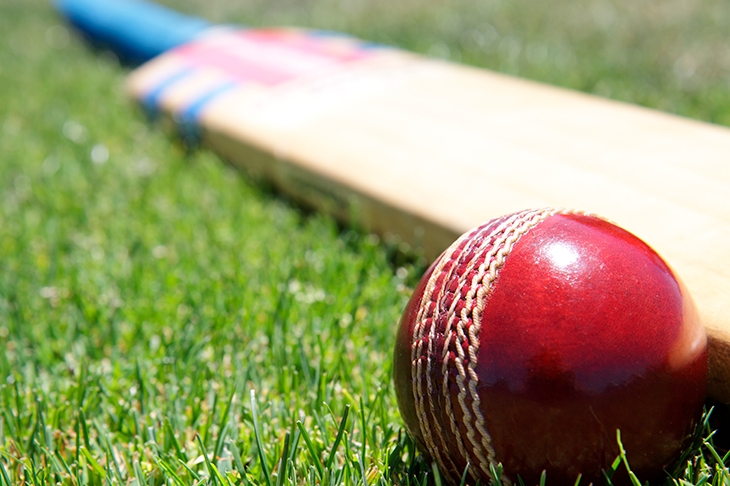
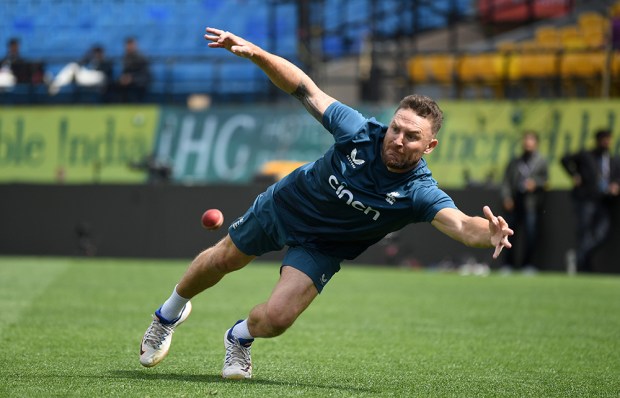

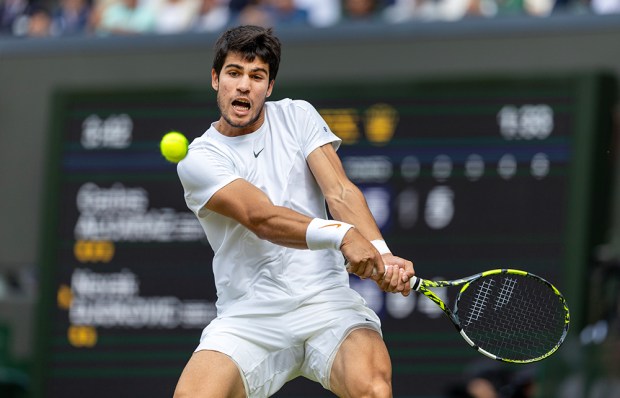
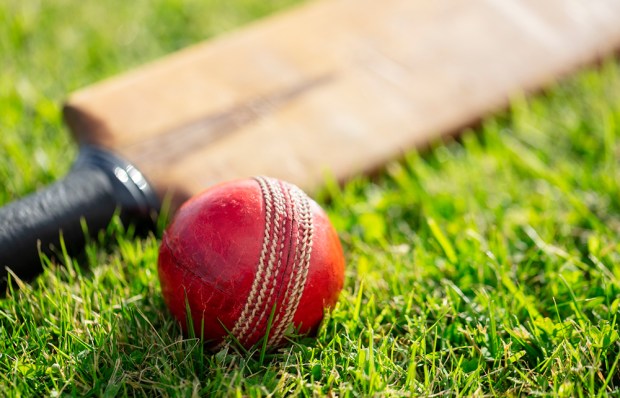
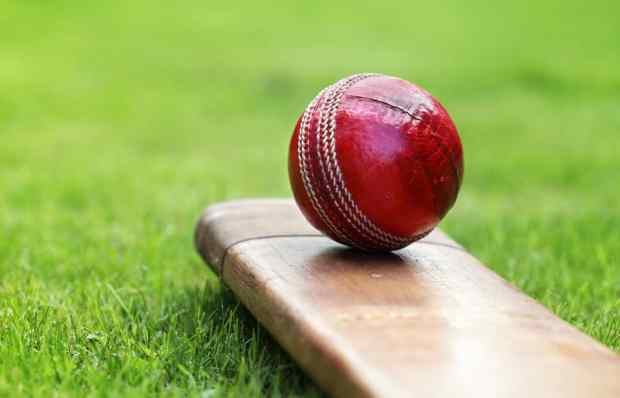







Comments
Don't miss out
Join the conversation with other Spectator Australia readers. Subscribe to leave a comment.
SUBSCRIBEAlready a subscriber? Log in